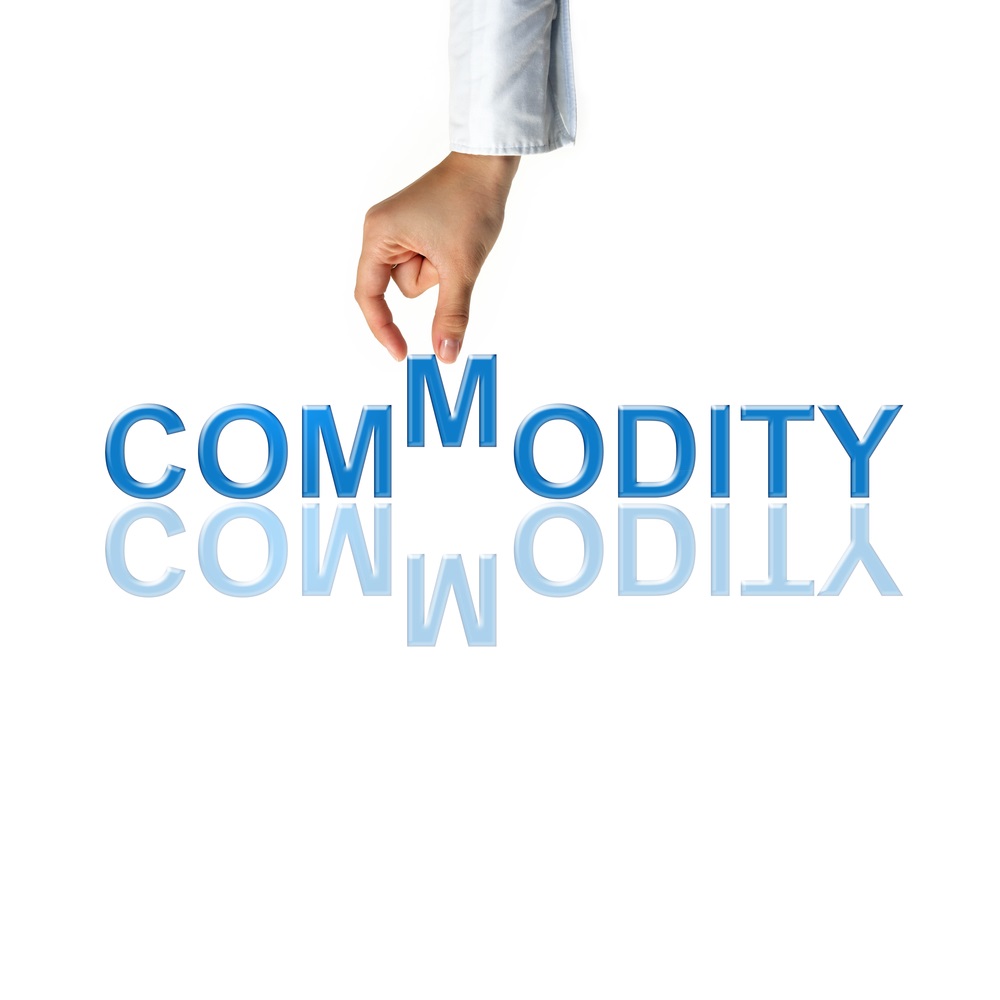International trade in critical raw materials

Selection of critical raw materials for this article
Since 2011, an assessment report is published every three years which has the aim of assessing the materials considered as critical.
In 2020, the European Commission made a foresight study of critical raw materials for strategic technologies and sectors in the EU. The document identifies 24 materials that are important for three sectors: renewables, e-mobility and defence & space. For each of these materials the supply risk was identified as shown in Figure 1. This article provides data on the materials with a very high or high supply risk. In addition, gallium was also analysed because of the recent restrictions introduced by China on the export of gallium as well as of germanium.
Figure 1 identifies seven materials with very high or high supply risk: light rare earth elements (LREEs), heavy rare earth elements (HREEs), magnesium, niobium, germanium, borates and scandium. Due to data restrictions, it is not possible to identify LREEs and HREEs separately, nor is it possible to distinguish them from scandium and yttrium. Consequently, the LREE’s, HREE’s, scandium and yttrium are reported together as REE+. Furthermore, although niobium is a combination of several codes in the collection of trade data, due to data confidentiality, reporting in this article is restricted to ferro-niobium. In June 2023, China announced export restrictions for germanium and gallium. For that reason, gallium is also considered in this article.
To summarise, in this article the following products will be discussed: rare earth elements including scandium and yttrium (REE+), magnesium, ferro-niobium, germanium, borates and gallium. All the materials analysed in this article were identified as critical in the EU assessment reports disseminated since 2011. The data will show the main supplying countries in 2022 as well as imports and exports for the period 2019 to 2022. A detailed list of the product codes making up the materials discussed in this article is presented in the section on data sources.

Source: Joint research centre
Rare earths elements, scandium and yttrium (REE+)
REE+ are a set of seventeen chemical elements in the periodic table, specifically the fifteen lanthanides plus scandium and yttrium. They are used in everyday technologies like cellphones and computers but also in advanced medical technologies like MRIs, laser scalpels and even some cancer drugs. In defense applications, they are used in satellite communications, guidance systems and aircraft structures. They are critical in a number of green technologies, especially those that are going to support net zero carbon emissions goals, like wind turbines and electric vehicles.
The volume of imports of REE+ products increased significantly in 2021 and 2022, with their price not changing much between 2019 and 2022 (see Figure 2). Conversely, the volume of exports of REE+ remained almost stable but export prices increased significantly in 2021 and 2022. In 2022, the ratio of imports to exports measured in volume was 2.7, meaning the EU imported 2.7 tonnes for every tonne it exported.

(€ million)
Source:Comext DS-018995
The bulk of EU imports of REE+ originated from China, both in general and for seven of the ten detailed products shown in Table 1. For the three most imported products, the concentration of imports, as measured by the share of the top-3 importers was more than 95 %. Finally, the ratio between imports and exports in quantity shows that the EU imports 2.7 tonnes for each tonne exported.

(data in tonnes)
Source: Comext DS-018995
Magnesium
Magnesium is a chemical element which has applications in automotive, aerospace, electronics and biomedical industries. Even if magnesium is the eighth most abundant element in the earth’s crust, it has been listed in the EU Critical Raw Materials list since 2011 because of the large EU dependency, especially for the extraction and processing stages.
Imports remained stable in volume between 2019 and 2021 before increasing significantly in 2022, with a growth of 58 % compared to 2021 (see Figure 3). For exports, although the quantity is significantly lower than for imports, a similar pattern is visible with an increase in 2022 of 64 % compared to 2021. The price increase was even higher for exports, which more than doubled in 2022 (from 3.2 €/kg to 7.4 €/kg) while import prices increased by more than 50 % (from 2.9 €/kg to 4.4 €/kg).

(€ million)
Source: Comext DS-018995
For its imports of magnesium, the EU was extremely dependent on Chinese imports which made up 97 % of all magnesium imports into the EU. In the case of magnesium, the ratio between imports and exports in quantity was equal to 8.5, which means that the EU imports 8.5 tonnes of magnesium against one tonne exported.

(data in tonnes)
Source: Comext DS-018995
Ferro-niobium
Ferro-niobium is an important iron-niobium alloy, mainly used in automotive, construction and steel industry. Ferro-niobium is considered as a critical raw material, not only due to its supply risk but also due to its economic importance for the EU and limited substitutability by other raw materials.
Between 2019 and 2022, imports and exports of ferro-niobium were fairly stable (see Figure 4). However, import prices rose from €19.2 per kg to €23.9 per kg and export prices rose from €19.2 per kg to €28.6 per kg.

(€ million)
Source: Comext DS-018995
For its imports of ferro-niobium, the EU was very dependent on Brazilian imports which made up 84 % of all ferro-niobium imports into the EU. Brazil was followed at some distance by Canada from where 16 % of EU imports of ferro-niobium originated (see Table 3). The ratio between imports and exports is extremely high and equal to 11.0, which means that the EU imports 11 tonnes of ferro-niobium for each tonne exported.

(data in tonnes)
Source: Comext DS-018995
Germanium
Germanium is used in high technology applications such as infrared systems, fiber optics, polymer catalysis, electronics and solar cells. Its demand is expected to increase due to the lack of suitable substitutes and increasing demand for solar cells and 5G networks.
Imports of germanium increased significantly between 2019 and 2022, growing by almost 50 % in value and 40 % in quantity (see Figure 5). Conversely, the exports of germanium were more stable between 2019 and 2022.

(€ million)
Source: Comext DS-018995 and estimations
Just over two thirds of germanium imports originated in China followed at some distance by Japan (11 %) and Australia (9 %). Combined, these top three countries accounted for 87 % of all EU imports (see Table 4). Similarly to what was observed for ferro-niobium, the ratio between imports and exports is extremely high with a value equal to 10.0.

(data in tonnes)
Source: Comext DS-018995
Borates
Borates are a key input material in the production of fiberglass insulation, textile fiberglass, borosilicate glass, ceramics and fertilisers. Borates can be found in many automotive parts, notably in many components for electric cars, playing a key role for the transition of the EU to the green mobility.
Imports of borates decreased from close to 500 tonnes in 2019 to just below 400 tonnes in 2022 (see Figure 6). However, due to the increasing prices, the value of these imports did not change much. Exports of germanium dropped both in value and in quantity between 2019 and 2022.

(€ million)
Source: Comext DS-018995
Türkiye is the largest origin for the top-3 of the ten borates shown in Table 5 and also occurs as one of the top-5 partners for all of the other borates. Overall, 90 % of borates originated in Türkiye, followed by the United States with 7 %.

(data in tonnes)
Source: Comext DS-018995
Gallium
Imports of gallium grew from 26 tonnes in 2019 to 51 tonnes in 2022 (see Figure 7). In the same period exports grew from 4 tonnes to 29 tonnes. Thus, the balance in both years was equal to 22 tonnes. Both import and export prices of gallium grew strongly in 2022.

(€ million)
Source: Comext DS-018995
For its imports of gallium, the EU was extremely dependent on Chinese imports being the origin of 96 % of all gallium imports into the EU (see Table 6).

(data in tonnes)
Source: Comext DS-018995
Source data for tables and graphs
Data sources
Trade data is taken from Eurostat’s COMEXT database. COMEXT is the reference database for international trade in goods. It provides access not only to both recent and historical data from the EU Member States but also to statistics of a significant number of non-EU countries. International trade aggregated and detailed statistics disseminated via the Eurostat website are compiled from COMEXT data according to a monthly process.
One of the product codes for international trade of germanium used in 2019 to 2021, namely 81129920 contains both germanium and hafnium. In 2022 this code was split into one code for hafnium (81123900) and one for germanium (81129940). Using the ratio of the two codes from 2022, the 2019 to 2021 data for code 81129920 was adjusted.
Table 7 provides the detailed description of the product codes used in this article.

Context
Raw materials are crucial to Europe’s economy. They form a strong industrial base, producing a broad range of goods and applications used in everyday life and modern technologies. Reliable and unhindered access to certain raw materials is a growing concern within the EU and across the globe. To address this challenge, the European Commission has created a list of critical raw materials (CRMs) for the EU, which is subject to a regular review and update. CRMs combine raw materials of high importance to the EU economy and of high risk associated with their supply.
link






